Trapped Ion Quantum Information Laboratory
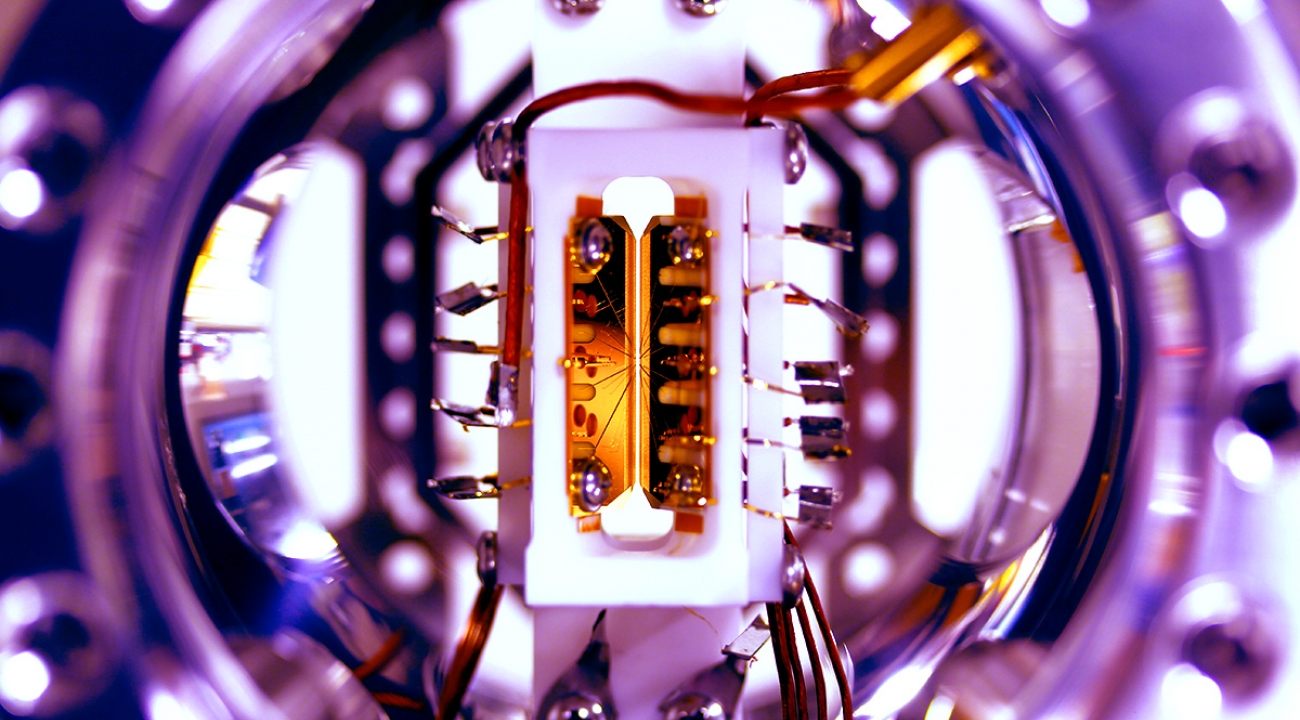
Principal Investigator: Christopher Monroe
Website: iontrap.umd.edu
Our group focuses on the use of individual atoms and photons for fundamental studies of quantum physics and applications in quantum information science.
A long term goal of our research is the realization of large-scale quantum information networks that could store and process information in a way that could eclipse the performance of conventional computers. Our main tools are electromagnetic atom traps and lasers, providing control of the most pristine source of quantum bits: trapped atomic ions.
Quantum Materials Device Group
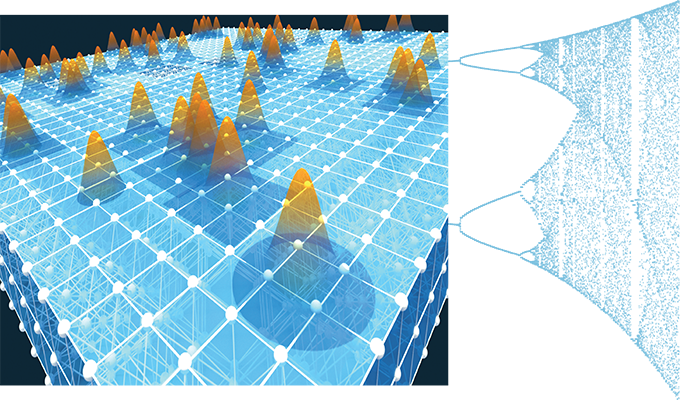
Principal Investigator: James Williams
Website: groups.jqi.umd.edu/williams
We are a experimental condensed matter group focused on using nanoscale devices to probe topology, interactions and quantum many-body physics.
Munday Lab for Solar and Quantum Technologies
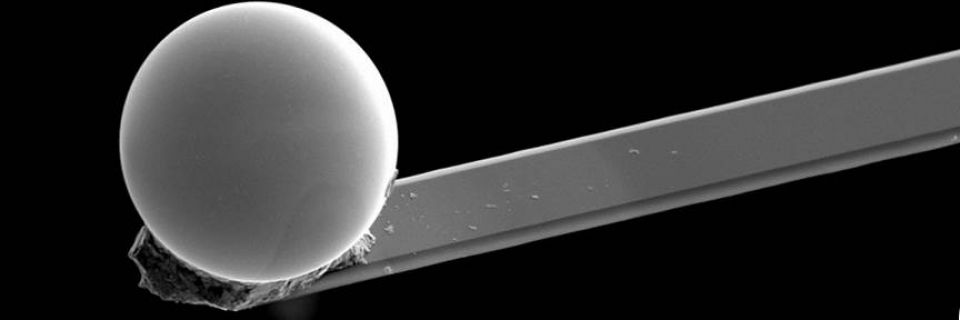
Principal Investigator: Jeremy Munday
Website: mundaylab.umd.edu
Our group focuses on engineering the fundamental interaction between light and matter and applying this understanding to optical systems, control of quantum forces, and for energy harvesting and photovoltaic applications. These studies involve novel photonic and plasmonic structures for light trapping, energy collection and extraction, communications, and sensors and merges physics and engineering to accomplish these goals.
Losert Lab
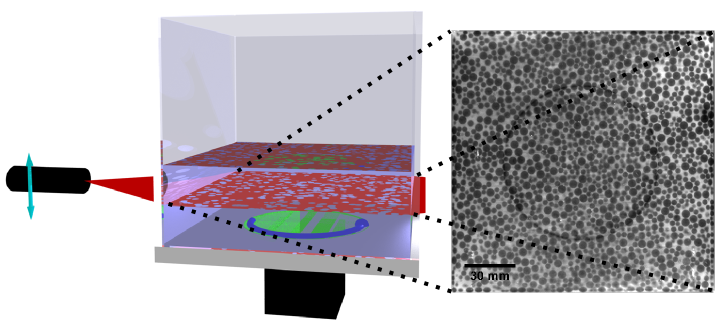
Principal Investigator: Wolfgang Losert
Website: chaos.umd.edu/~wlosert
My group studies the dynamical properties of Complex Systems at the convergence of physics, materials science, and biology: Granular Dynamics, Biodynamics, Cancer Dynamics, Crowd Coding of the Brain, and Understanding and Controlling the Coupled Electrical, Chemical, & Mechanical Excitable Networks of Living Systems.
Intense Laser Matter Interactions

Principal Investigator:Howard Milchberg
Website: lasermatter.umd.edu
The interaction of extremely intense laser pulses with solids, liquids and gases has many technological applications and is rich in physics. Our experiments involve elements of atomic physics, nonlinear optics, plasma physics, condensed matter physics and quantum electronics.
Much of the physics interest stems from the fact that at high laser intensities, the optical properties of materials behave in altogether new ways. For example, at laser intensities above about 1018 W/cm2 (routine for our lab), one must consider relativistic corrections to the index of refraction! Intense lasers can also locally heat up matter to about 100 times the temperature of the sun, forming a strong plasma x-ray source. These effects, in turn, are essential to exotic light sources or laser-driven particle acceleration schemes that aim to shrink existing multi-kilometer long particle accelerators to the size of a table top.
Campbell Research Group
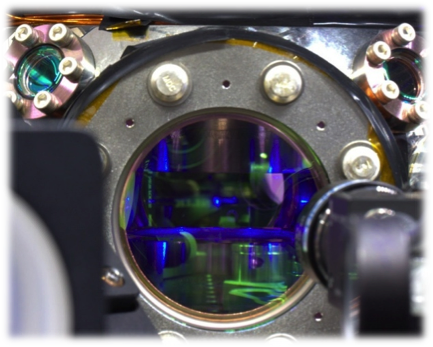
Principal Investigator: Gretchen Campbell
Website: groups.jqi.umd.edu/campbell
In recent years ultracold atomic gases have proven to be a powerful and versatile tool for studying a wide variety of physics.
Our research takes place in two separate laboratories: The Sodium atom circuits experiment, currently located on the NIST campus in Gaithersburg, and the ultracold Strontium experiment, located at the JQI, on the UMD campus. Both experiments use ultracold atomic gases to study many-body physics. The atom circuits experiment is currently focused on studying superfluidity and analogs of superconducting electronics, whereas the strontium experiment is focused on engineering and studying novel condensed matter systems.
Nonlinear Dynamics Lab
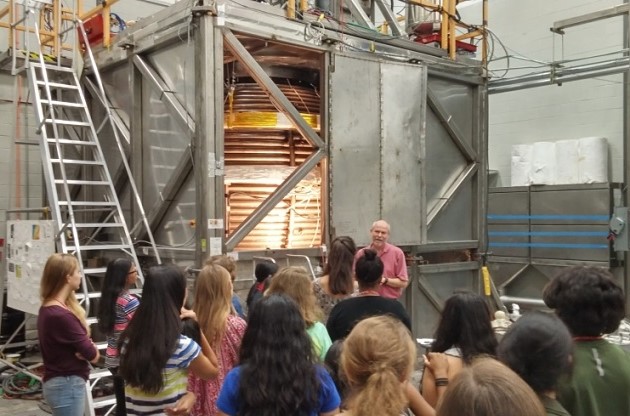
Principal Investigator: Daniel Lathrop
Website: complex.umd.edu
Our Nonlinear Dynamics Laboratory is dedicated to studying turbulence using both novel experiments and theory. Our focus is on how turbulence is modified by rotation, magnetic fields, and quantum effects. As turbulence occurs across nature (in planets, in stars, in galaxies and in theories of the vacuum), our work has extemely broad implications.
High Frequency Superconductivity, Microscopy, Nanophysics, and Chaos

Principal Investigator: Steve Anlage
Website: anlage.umd.edu/AnlageHome.htm
The Anlage research laboratories are equipped for a variety of experiments at high frequencies and low temperatures. In addition to the equipment listed here, the Anlage laboratory is part of the Center for Nanophysics and Advanced Materials (CNAM), a multidisciplinary mega-laboratory devoted to studying correlated-electron and quantum materials, among other things.
UMD Flavor Physics and CP Violation Group
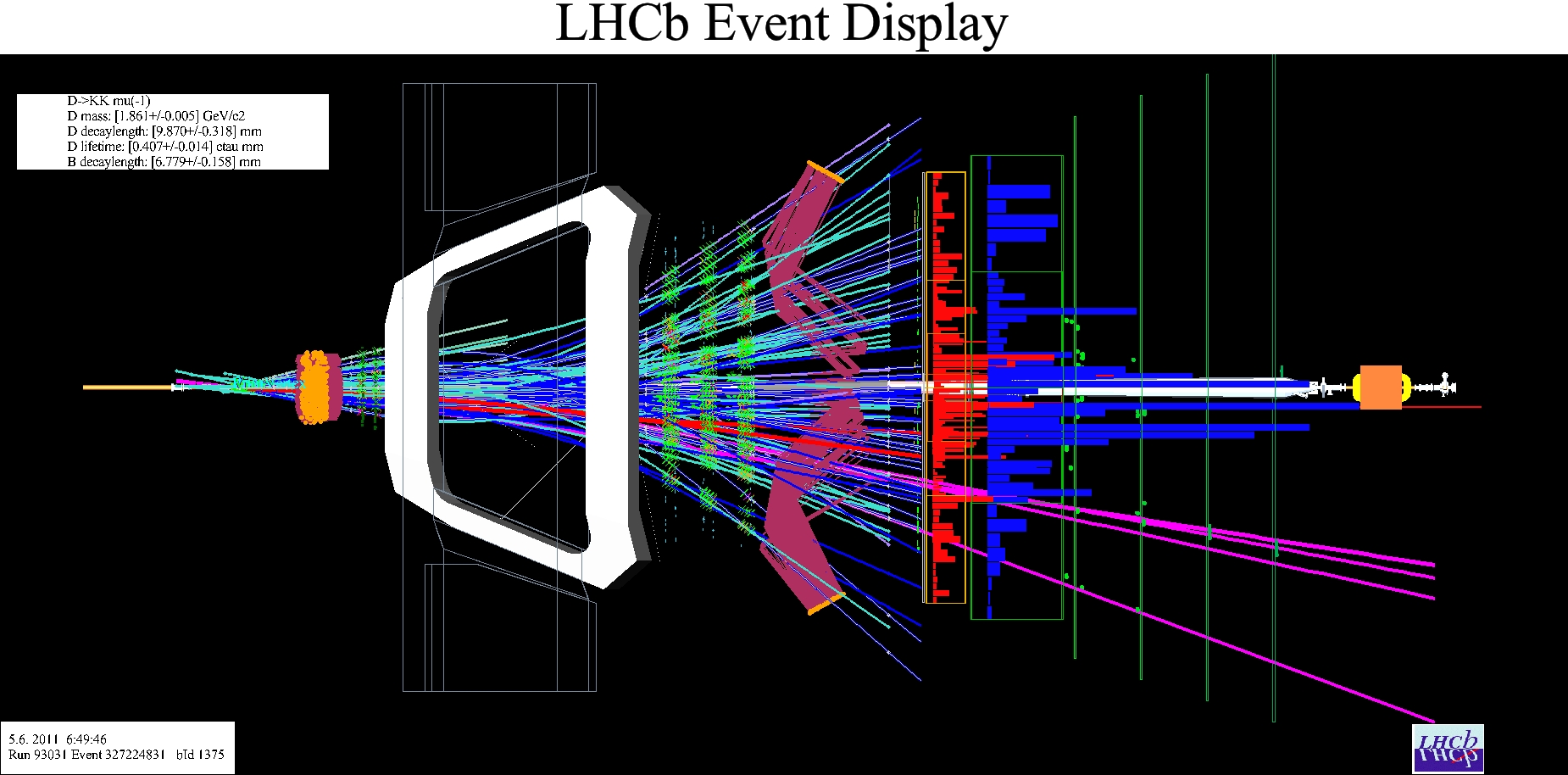
Principal Investigator: Hassan Jawhery
Website: flavor.physics.umd.edu
The research group on Flavor Physics and CP violation at University of Maryland is engaged in experimental studies of particles containing the bottom and charm quarks, including the breaking of the CP invariance in the decays of these particles. Precise measurements of these decay processes may help reveal important information on the energy scale and the structure of new physics beyond the Standard Model.
The group has had a long history of research in this areas since 1981, with the CLEO experiment at Cornell , the OPAL experiment at the LEP collider at CERN, the BaBar experiment at SLAC (1993-present) and the LHCb experiment at the LHC collider at CERN (2012-present).
We are also heavily engaged in the design and development of the tracking system for the upgrade of the LHCb detector.
Experimental Nuclear Physics
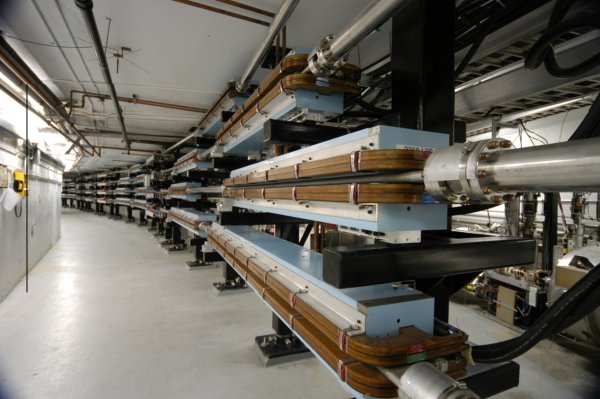
Principal Investigator: Carter Hall
Website: physics.umd.edu/enp
The experimental Nuclear Physics Group at the University of Maryland is engaged in a program of experiments related to study of the QCD structure of nucleons and fundamental symmetries of nature. Much of our recent work has taken place at the Jefferson National Laboratory in Newport News, VA, where there is a polarized electron beam of energies up to 6 GeV. Our new projects include a search for neutrinoless double beta decay in liquid Xenon (EXO), as well as Dark Matter (LUX), symmetry experiments with cold neutrons at the NIST fundamental neutron beam line in Gaithersburg, MD, and new experiments to study the QCD properties of nucleons (E906). Our group is supported primarily by funds from the National Science Foundation.
Atomic, Molecular, and Optical Physics Laboratory
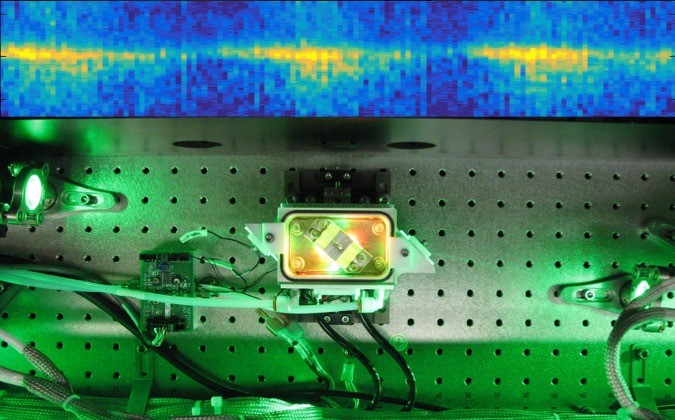
Principal Investigator: Wendell Hill
Website: hillslab.umd.edu
Probing quantum dynamics under extreme conditions – ultra-short times, ultra-high intensities and ultra-cold temperatures – is the focus of our group. Our experiments seek to freeze the motion atoms and electrons with femtosecond and attosecond pulses, stress the quantum vacuum with extreme intensities and slow interactions timescales with laser cooling techniques.
Cosmic Ray Physics Group

Principal Investigator: Eun-Suk Seo
Website: cosmicray.umd.edu
Our research focuses on searches for exotic matter, such as antimatter and dark matter, and direct measurements of galactic cosmic rays to investigate their origin, acceleration, and propagation. Our on-going projects include Cosmic Ray Energetics And Mass (CREAM), which was recently launched to the International Space Station (ISS); Alpha Magnetic Spectrometer (AMS), which has been taking data several years on the ISS; and Boron And Carbon Cosmic rays in the Upper Stratosphere (BACCUS), which is a balloon-borne experiment flown over Antarctica.
 CU²MiP
CU²MiP



